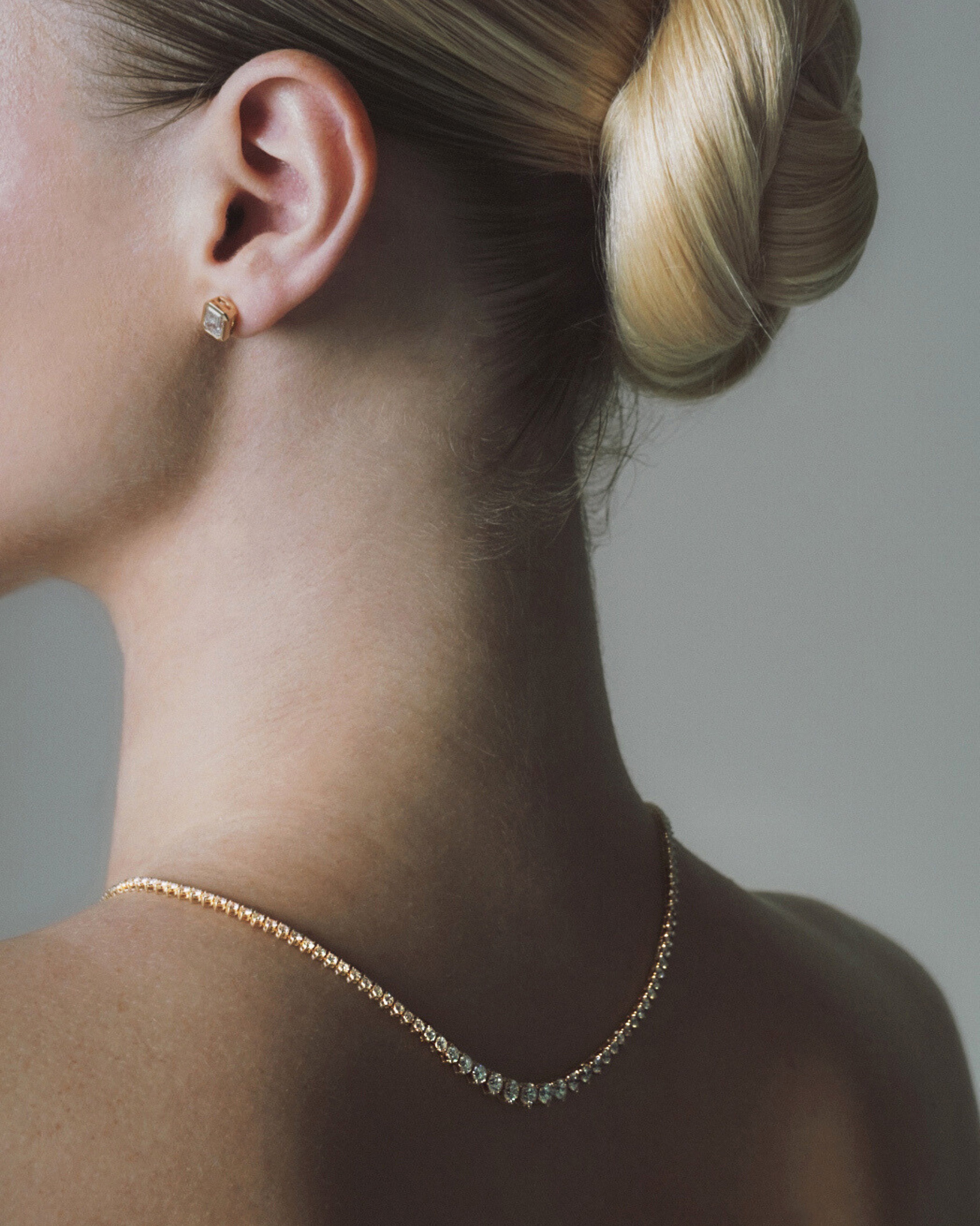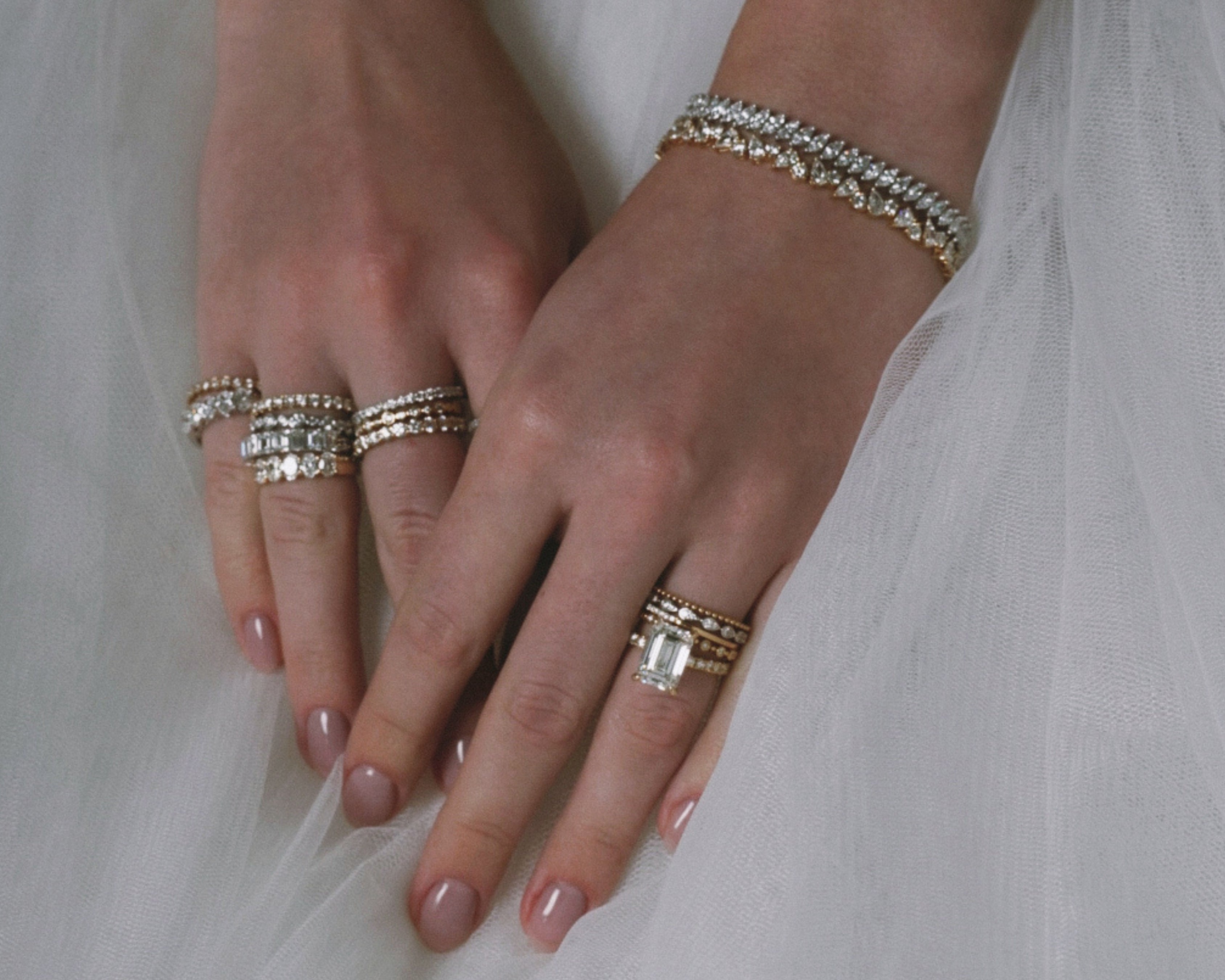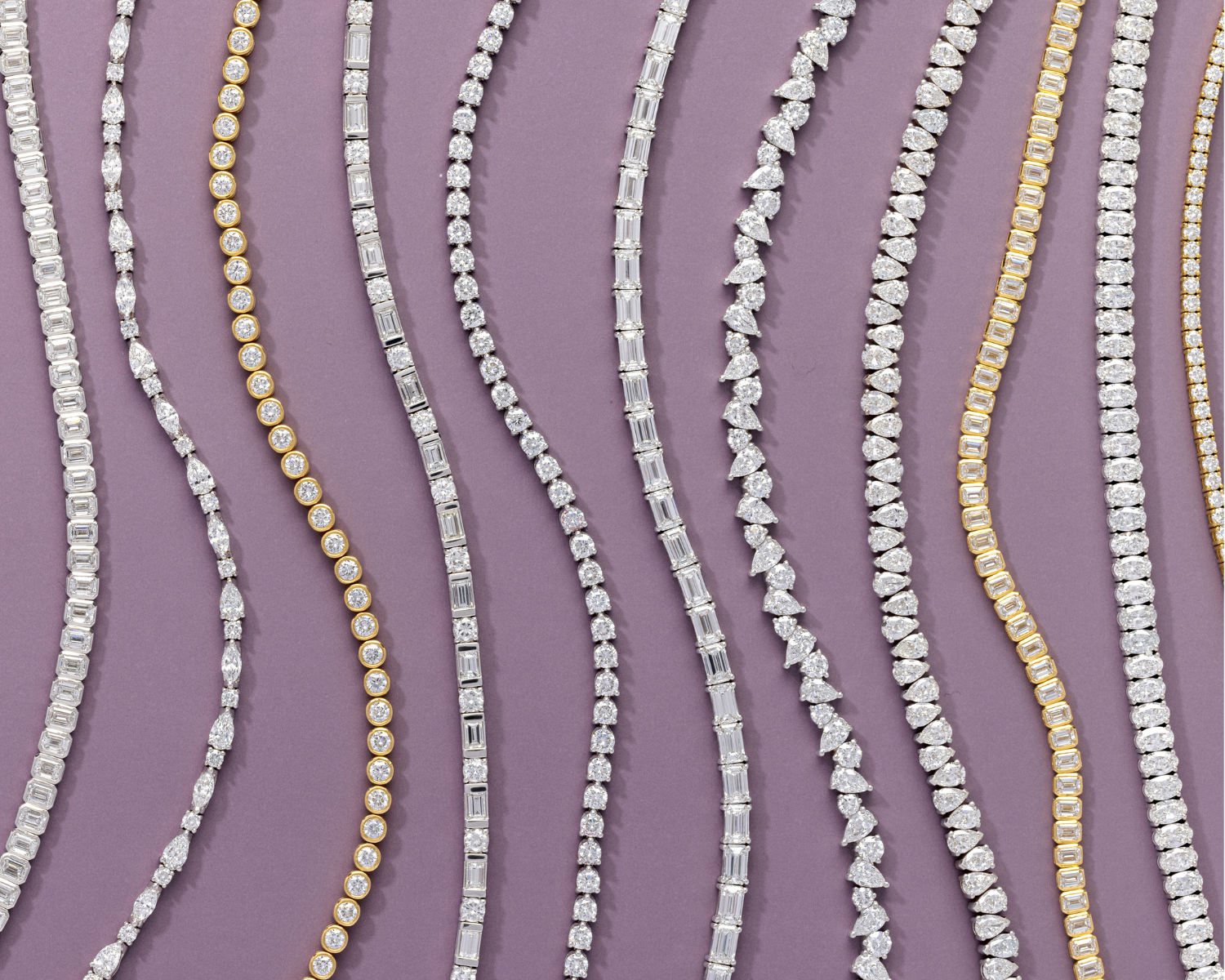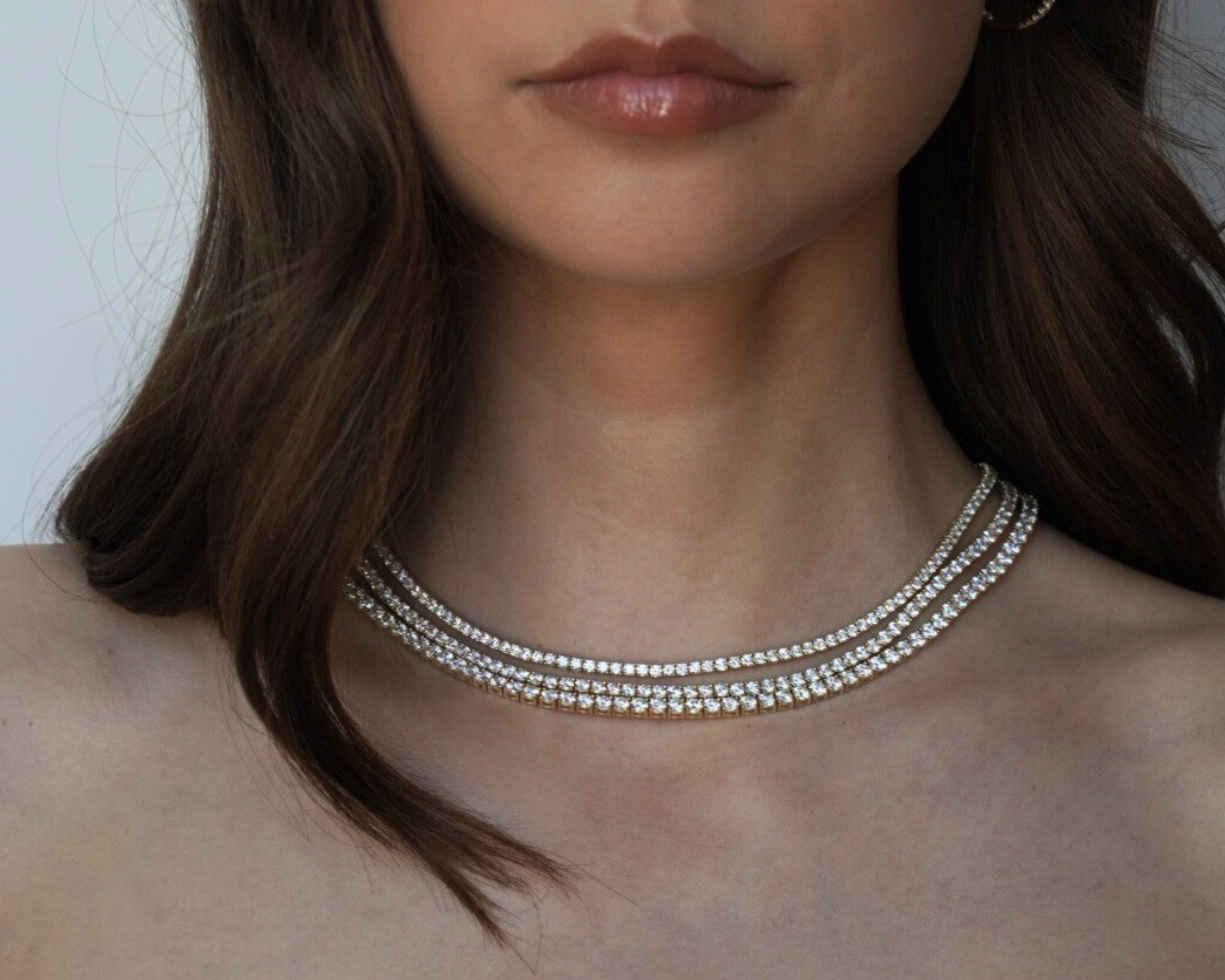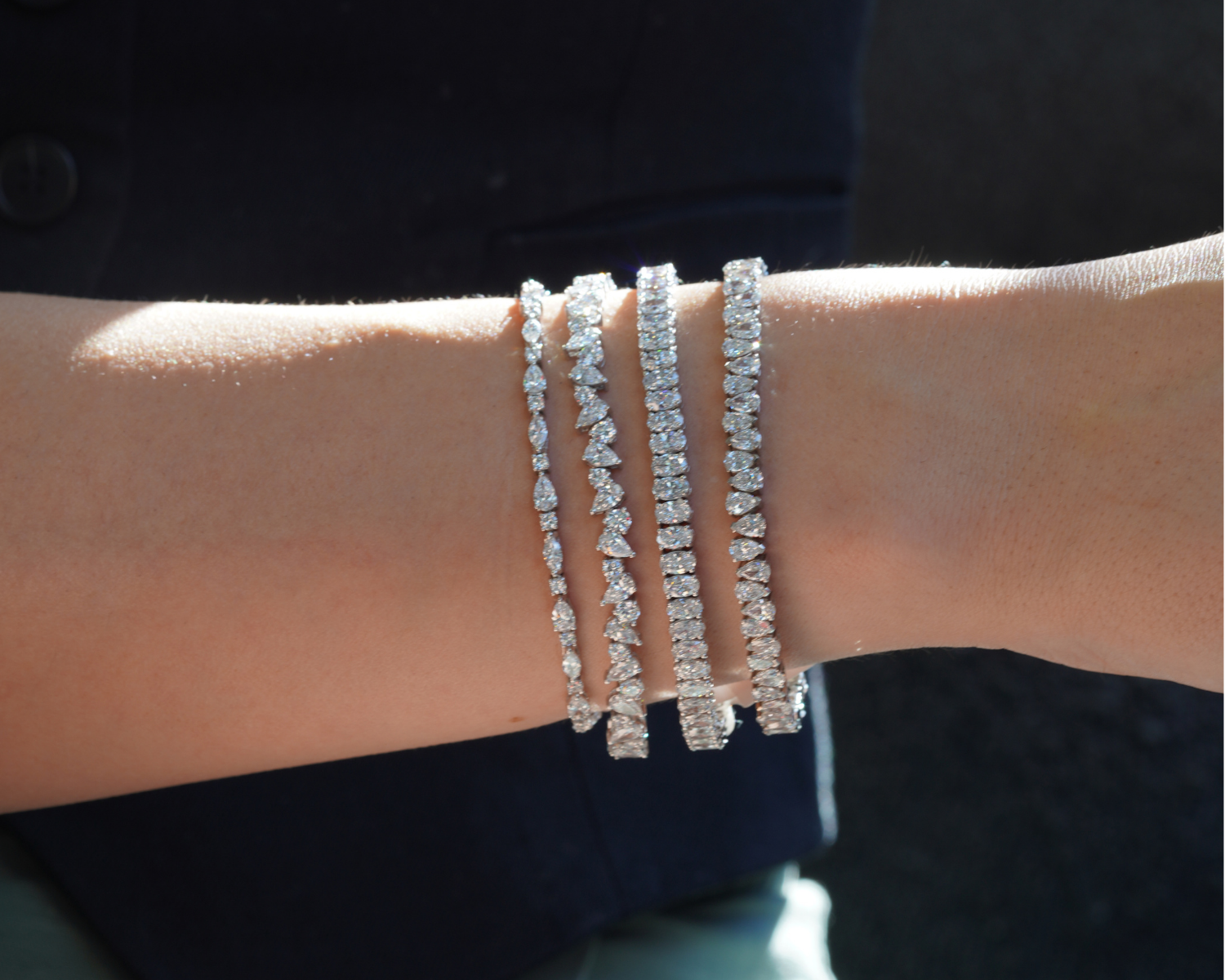
Bracelet Size Chart: Everything You Need to Know
Finding the perfect bracelet size can be tricky, especially when shopping online or buying a gift for someone special. A bracelet that is too tight can feel uncomfortable, while one that is too loose might slip off. That’s where a bracelet size chart comes in handy. In this blog post, we’ll guide you through understanding bracelet sizes, how to measure a bracelet size, and selecting the right fit for every style.
Why Bracelet Size Matters
Bracelets are more than just accessories; they’re a reflection of your style and personality. A proper fit ensures that your bracelet:
- Feels comfortable: You can wear it all day without it pinching or sliding excessively.
- Looks stylish: A well-fitted bracelet sits gracefully on your wrist.
- Stays secure: It won’t risk falling off or feeling overly tight.
How to Measure Your Wrist
To determine your bracelet size, you’ll need a flexible measuring tape, a piece of string, or a strip of paper. Follow these steps:

- Wrap the tape (or string) around your wrist: Position it just below the wrist bone, where you would typically wear a bracelet.
- Mark the measurement: If using a string or paper, mark the spot where it overlaps, then measure it with a ruler.
- Add extra length for comfort: Depending on the fit you prefer, add the following:
- Snug fit: Add 1/4 to 1/2 inch (0.5-1.25 cm).
- Comfort fit: Add 3/4 inch (1.9 cm).
- Loose fit: Add 1 inch (2.5 cm).
Bracelet Size Chart
Here’s a standard bracelet size chart to help you choose the perfect fit:
|
Wrist Size (inches) |
Bracelet Size (inches) |
Fit Type |
|
5.5" – 6.0" |
6.5" |
Snug or petite wrists |
|
6.0" – 6.5" |
7.0" |
Standard women’s size |
|
6.5" – 7.0" |
7.5" |
Loose women’s size |
|
7.0" – 7.5" |
8.0" |
Standard men’s size |
|
7.5" – 8.0" |
8.5" |
Loose men’s size |
For bracelets measured in centimetres, multiply the wrist measurement in inches by 2.54 to convert to cm.
Types of Bracelet Fits
Different bracelet styles require slightly different fits. Here’s what to keep in mind:
- Chain Bracelets: These should drape slightly on your wrist but not slide over your hand. Use the comfort-fit rule when choosing a size.
- Cuff Bracelets: Cuffs are usually adjustable. Measure your wrist snugly for these, as they’ll sit firmly.
- Bangle Bracelets: Bangles need to slide over your hand, so measure the widest part of your hand (usually around the knuckles) instead of your wrist.
- Tennis Bracelets: These should have a comfortable but secure fit to prevent them from rotating excessively.
- Chunky or Oversized Bracelets: For heavier designs, opt for a looser fit to avoid discomfort.
Tips for Choosing the Right Bracelet Size
- Consider layering: If you plan to wear multiple bracelets together, choose sizes that allow for slight movement without crowding your wrist.
- Check the clasp type: Adjustable clasps like sliders or extenders offer more flexibility in sizing.
- Account for swelling: Wrist sizes can vary due to heat, activity, or time of day. Measure at a neutral time (not immediately after exercise or in hot weather).
- Know the recipient’s size: If buying as a gift, check for average size ranges based on gender and age, or opt for adjustable designs.
Custom Sizing for Special Jewelry
For luxury or bespoke jewelry, consider consulting a jeweller for a custom fit. They can create a bracelet tailored to your wrist size and preferences, ensuring the perfect combination of comfort and elegance. Schedule a consultation today!
Final Thoughts
Using a bracelet size chart simplifies the process of finding the perfect bracelet size, whether you’re buying for yourself or someone else. By learning how to measure a bracelet size correctly and understanding the nuances of different bracelet types, you can ensure your jewelry is as comfortable as it is beautiful. Take the time to find the right size—your wrist will thank you!
Have questions or need help finding the right bracelet size? Drop a comment below or reach out to us for personalized assistance!


